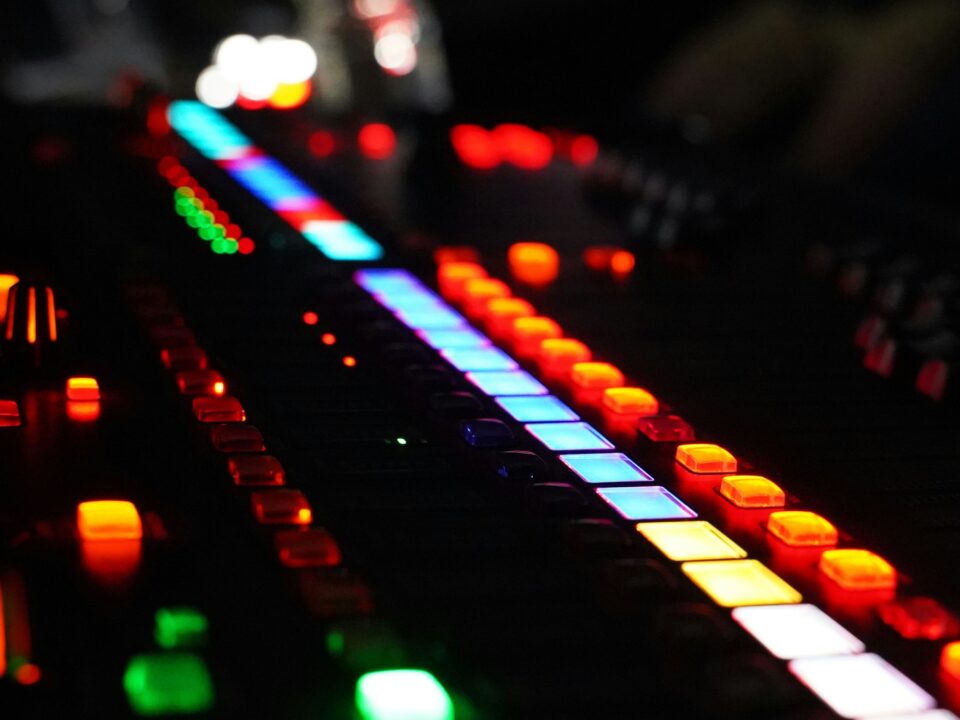Will IEEE finally admit the errors of its 2015 patent policy changes?
The best advice one can often give to someone in a hole is to stop digging, but it seems that IEEE just can’t put down its shovel (at least with respect to its patent policy). One may recall that IEEE in 2015 made several controversial changes to its patent policy that strongly favored standards implementers at the expense of those who contribute patented technology to IEEE’s standards, such as the ubiquitous 802.11 WiFi standards.
Briefly recapping, two of the most prominent changes were: (1) to severely restrict the availability of injunctive relief for holders of patents declared essential to IEEE’s standards; and (2) to include a definition on reasonable rates taking into account smallest saleable patent practicing unit concepts;.
Numerous parties also complained, then and later: that the decision-making process IEEE undertook when contemplating the changes was not sufficiently open and balanced, that implementer interests unfairly dominated, that the outcome was essentially predetermined, and that the changes were going to put IEEE so out-of-step with patent policies commonly adopted at other leading SDOs that IEEE would suffer reputational, if not economic, harm.
Further to the last complaint, many predicted at the time that the policy changes would serve to make IEEE’s standards process significantly less attractive to technology contributors. The data in subsequent years on licensing Letters of Assurance (“LOAs”) bore this out – so-called “negative LOAs” (in which a patent holder refuses to agree to license its contributed technology to a standard) became the overwhelming majority of new licensing assurances submitted for certain IEEE standards, including amendments to, and new versions of, the 802.11 standard.
Numerous prominent wireless technology leaders, including for example Ericsson, Nokia, Inter-Digital, Orange and Huawei, have all declined to license their patents under the terms of the 2015 patent policy.
Indeed, IEEE itself seemed to recognize in recent years that it had created a problem, but took ineffectual steps to fix it. IEEE went so far as to develop a new, “custom” LOA form allowing a patent holder to indicate its willingness to license its patents under the terms of the pre-2015 IEEE patent policy. Skeptical observers speculated that IEEE was simply looking for a way to stem the tide of negative LOAs and hoped that the custom form could be a viable “positive” alternative. But it only applies to projects that were started before the 2015 changes took effect, and thus applies to only a small number of declared essential patents. It was clear that IEEE recognized a misstep, but tried to save face instead of facing facts. It kept digging the hole under its feet.
The questionable process by which the changes arose, and the basis for them in light of subsequent law and policy developments, were sufficiently suspect that the U.S. Department of Justice Antitrust Division recommended to IEEE late in 2020 that it reconsider the changes. At the time, DOJ concluded its communication to IEEE as follows:
The rules that govern standard setting activity should be unbiased in order to maximize participation and to allow SDOs to achieve the best technical solutions in their standards. We encourage IEEE to consider whether changes are needed to promote full participation, competition, and innovation in IEEE’s standard setting activities.
The following year, IEEE internally considered whether to take action in response to DOJ’s suggestion, and ultimately the IEEE Board of Governors recommended that the IEEE Standards Association Standards Board’s Patent Committee consider possible revisions to the patent policy regarding the two changes identified above, though in part only regarding the second change.
It appears that the first step PatCom is now taking in that process is seeking public input on three possible courses of action: (1) making no changes at all; (2) removing some or all of the 2015 changes as to the issues flagged for review by the IEEE BOG; and (3) offering additional options of “allowing [a letter of licensing assurance] filer the ability to choose whether it may seek or not seek [injunctions] in accordance with the current wording of the Patent Policy; and [c]larifying the optionality of the factors included in the definition of Reasonable Rate.” Public comments “regarding the Pros and Cons” of the three options are to be provided by Friday, October 15. Notably, PatCom emphasizes, “This is a call for input and is not a vote. IEEE will use its own judgment in determining what it believes is the most appropriate approach to the IEEE SA Patent Policy.”
The question now is whether IEEE is simply making a grand show of seeking public input. Do they actually have any intent or willingness to act decisively if the feedback they receive (like the data already seen) continues to suggest that mistakes were made? One can wonder given that a possible course of action is “make no changes at all,” while conversely there is no choice offered for “simply revert to the pre-2015 policy” that had engendered a stable and successful licensing environment and allowed WiFi to become a leading technology Such wholesale course correction would be akin to IEEE dropping the shovel and finally trying to climb out of the deepening hole.



